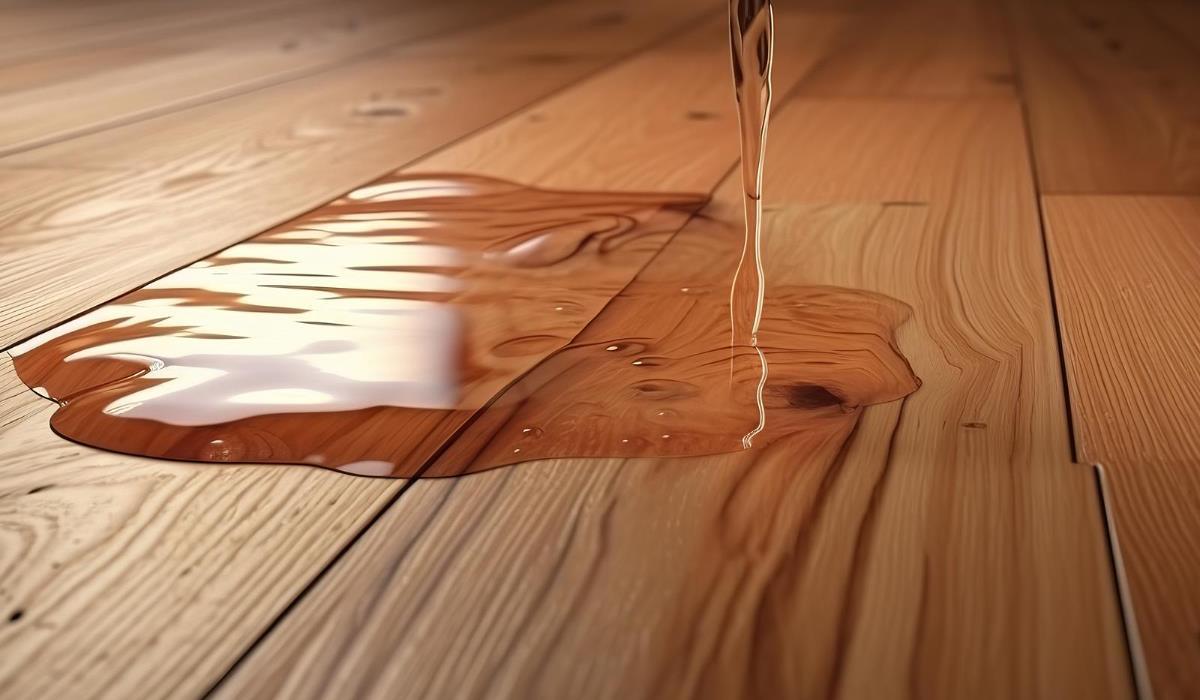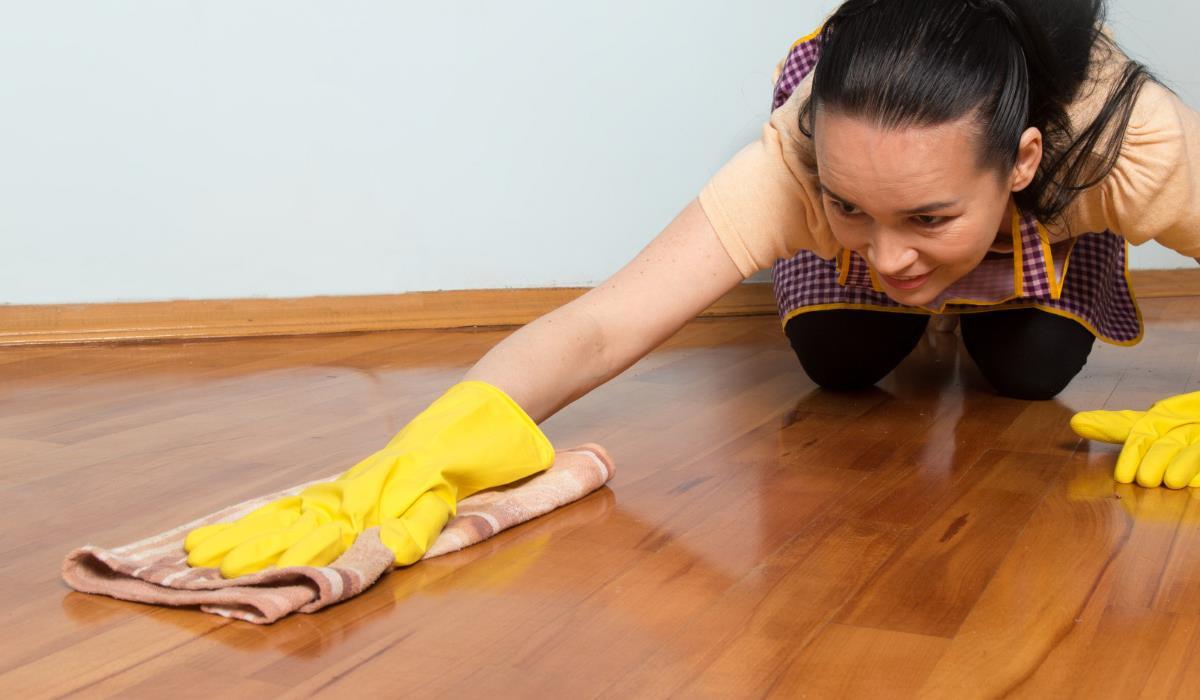Ways to wax floors. Wooden floors add charm and character to any interior. Whether covered with a rich stain or left unfinished, this popular type of flooring adds natural charm to dining rooms, living rooms, hallways and other rooms. Wood is durable and can withstand everyday use, and if properly maintained, will last for decades.
Using wax to maintain wooden floors is an important element of their care. Especially in high-traffic areas such as kitchens and entryways, wooden floors can quickly lose their shine and become dull from daily use. Using a preservative or wax for wooden floors helps restore their shine and shine. However, wax is not only a means of adding shine – it is also used to protect the beautiful surface of wooden floors. Once the wax is applied to the floor, the product hardens as it dries, creating a protective layer that helps protect against stains, maintains the floor’s finish and minimizes the visibility of minor scratches or scuffs.
Waxing floors – instructions: maintenance of wooden floors
Before you start waxing your wood floors, carefully clean the surface with a broom or mop to remove any dust or dirt that could get stuck in the wax layer and affect the finish. Make sure you use the right type of wax for your floor and finish. For example, some types of modern wood floors have a treated surface that should not be waxed; such finishes require water-based polishing instead. Always follow the flooring manufacturer’s recommendations and product label instructions to protect your flooring and avoid creating a dangerously slippery surface. You should also use anti-slip pads under all carpets and runners to prevent accidents. Check out our guide below to learn about the different types of floor wax and the best way to wax your floors.
How to Use Paste Wax on Wooden Floors

Choose old-fashioned paste wax in a can for uncoated wood floors, real linoleum, raw cork and concrete. However, never use paste wax on uncoated floors, vinyl, or urethane-based finishes. This type of wax is applied by hand to achieve a lasting shine.
Dampen a soft, lint-free cotton cloth (such as an old T-shirt) and wring it out so that it does not absorb too much wax. Apply the wax lightly and evenly (according to the instructions on the package), rubbing it into the surface. If you prefer soft wax, use an equivalent liquid paste wax. Once dry, the waxed area will appear matte. Polish to a shine with a clean cloth, electric polisher or mop covered with a terry cloth.
How to Wax Wooden Floors Using Liquid or Oil Wax
Liquid wax or oil can be used on uncoated wooden floors, linoleum or untreated cork. Make sure you follow the instructions on the label carefully. Although liquid wax is easier to apply than paste wax, it usually does not last as long. Do not use this product on no-wax floors, vinyl floors or urethane-based finishes.
Dampen a soft, lint-free cloth, mop or electric floor polisher pad to avoid absorbing the wax. Apply the olive oil evenly and lightly. As it dries, the solvent will evaporate, leaving the finish behind. Once dry, polish the floor with a dry cloth, an electric polisher or a mop covered with a terry cloth.
How to Restore the Shine of Your Floors Using Water-Based Polymers
Water-based polymer floors can be used on most types of flooring, except unsealed wood, cork and linoleum. This is the only type of polymer suitable for urethane-based finishes. You should apply these durable polymers in several thin layers, rather than one thick layer that is more difficult to dry. Also avoid spraying polymer on baseboards or walls, as it may leave stains on paintings and wall finishes.
To apply the polymer, wet the mop clean. Then pour some polymer onto the mop and spread it on the floor as well. Spread the polymer evenly to avoid bubbles in the liquid. Let the polymer dry and then polish the floor with a dry cloth, an electric polisher or a mop covered with a terry cloth. Apply a second and third coat to high-traffic areas, polishing the floor after each coat dries.



